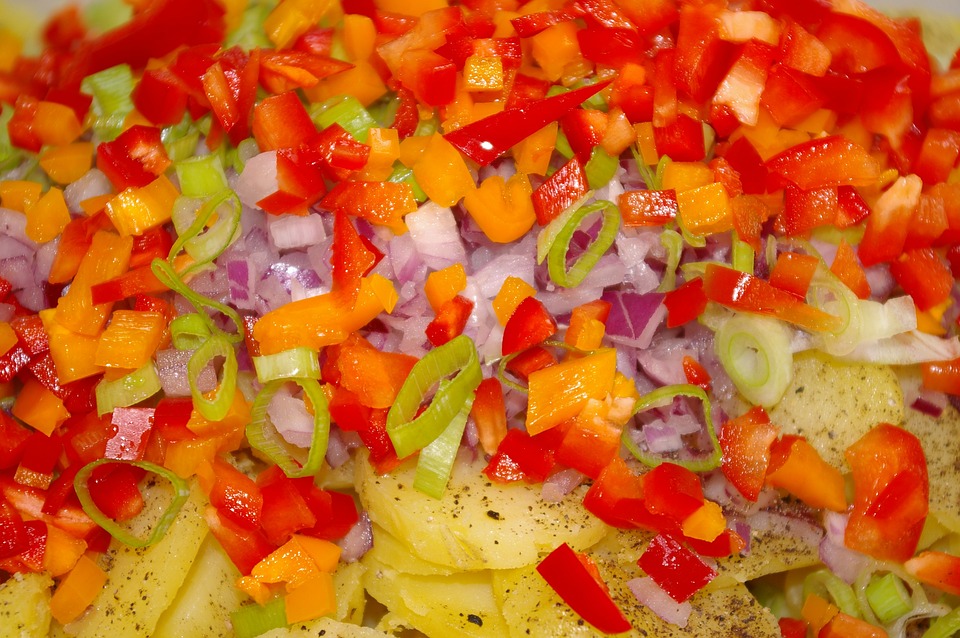Introduction
Are you dreaming of a flourishing edible garden that can provide you with fresh and delicious produce? With the right knowledge and techniques, you can turn your backyard into a bountiful source of healthy food. In this article, we will share valuable tips and tricks from experts to unlock the secrets of a thriving edible garden.
Choosing the right location
The first step towards a successful edible garden is selecting the right location. Most edible plants require a minimum of six hours of direct sunlight, so choose an area with ample exposure to the sun. Additionally, ensure the soil in your chosen area is well-draining and rich in organic matter. If you don’t have suitable soil, consider creating raised beds or using containers filled with a high-quality potting mix.
Smart plant selection
When it comes to choosing plants for your edible garden, it’s crucial to consider their adaptability to your climate and the space available. Look for varieties that are known to thrive in your local area. Additionally, opt for plants that are well-suited for your available space. If you have limited space, consider vertical gardening or growing smaller varieties of plants.
Proper soil preparation
Preparing the soil is a vital step in creating a thriving edible garden. Begin by removing any weeds or rocks from the planting area. Next, loosen the soil by digging or tilling it. Incorporate organic matter, such as compost, into the soil to improve its fertility and structure. This will provide the essential nutrients and improve water retention.
Watering and irrigation
Watering is crucial for the health of your edible garden. Most edible plants require consistent moisture, especially during hot and dry periods. To ensure proper hydration, water your plants deeply and thoroughly. Avoid overhead watering, as it can lead to fungal diseases. Consider using drip irrigation or soaker hoses for efficient and targeted watering.
Mulching your garden
Mulching is a beneficial practice that helps maintain moisture, suppress weeds, and regulate soil temperature. Apply a layer of organic mulch, such as straw, wood chips, or compost, around your plants. This will help conserve water, reduce weed growth, and provide additional nutrients as it breaks down over time.
Pest control
Pests can pose a significant threat to your edible garden. Employing integrated pest management practices can effectively control pests while minimizing the use of harmful chemicals. Encourage beneficial insects, such as ladybugs and lacewings, by planting flowers that attract them. Use physical barriers, like netting or row covers, to protect your plants from larger pests.
Regular maintenance and care
To ensure the long-term success of your edible garden, regular maintenance and care are essential. Keep an eye out for any signs of disease or pests and take immediate action. Regularly prune and harvest your plants to promote healthy growth. Fertilize your plants with organic fertilizers to provide them with the necessary nutrients.
FAQs
What are the easiest plants to grow in an edible garden?
Some of the easiest plants to grow in an edible garden include lettuce, tomatoes, herbs (such as basil and mint), radishes, and beans. These plants are relatively low-maintenance and have a high chance of success for beginners.
How often should I water my edible garden?
The frequency of watering depends on various factors, including climate, soil type, and plant requirements. As a general guideline, aim to provide about 1 inch of water per week, either through rainfall or irrigation. However, be sure to monitor your plants’ moisture needs and adjust watering accordingly.
Can I grow an edible garden in containers?
Absolutely! Growing an edible garden in containers is a great option, especially if you have limited space or poor soil quality. Make sure the containers have drainage holes, use a high-quality potting mix, and provide adequate sunlight and water. Container gardens offer flexibility and can be placed on balconies, patios, or even windowsills.
How do I prevent pests from damaging my plants?
Implementing good pest control practices can help prevent damage to your plants. Regularly inspect your plants for signs of pests, such as holes in leaves or discoloration. Use organic pest control methods, like introducing beneficial insects or using homemade sprays made from natural ingredients like neem oil. Additionally, keeping your garden clean and removing any fallen fruits or decaying plant material can discourage pests from taking hold.
When should I harvest the fruits and vegetables from my edible garden?
The best time to harvest your fruits and vegetables depends on the specific plant variety. Generally, harvesting when the produce is fully ripe will yield the best flavor and texture. Refer to the seed packet or plant label for information on the ideal harvesting time. For some crops, such as lettuce or herbs, you can harvest leaves as needed, allowing for continuous growth throughout the season.




